Commentaries
Your Present Location: Teacher_Home> Wang Wen> CommentariesWang Wen: Good Reasons to Speed Up Russia’s Visa-Free Policy towards China
Good Reasons to Speed Up Russia’s Visa-Free Policy towards China
Source: Russia In Global Affairs
Updated: 2025-10-28
In late August 2025, the Chinese government announced visa-free entry for Russian citizens. A few days later, at the Eastern Economic Forum, President Putin announced that a reciprocate visa-free policy towards China would be implemented as soon as possible. However, the Russian government’s decision, so longed for by the Chinese, has not followed yet.
At the 2025 Valdai Club Annual Meeting in Sochi, during a brief conversation with Russian Foreign Minister Lavrov, I asked him when Russia was planning to endorse visa-free entry to Chinese citizens. He assured jokingly: “The day after tomorrow!” I took this reply as a sign of the Russian decision-makers’ keen attention, careful consideration, and full understanding of the urgency of this issue.
At the closing ceremony, President Putin’s remarks concerning the issue were even more impressive. Describing China’s decision of visa-free entry for Russians as a “pleasant surprise,” he explicitly instructed relevant state departments to “vigorously supervise” the implementation of reciprocal measures, while his reference to “Chinese brothers and sisters” underscored the warm relationship between the two countries.
As a longtime observer of China-Russia relations, I closely communicate with many Russian friends and I can see that Russian society still has serious concerns regarding visa-free policy. There are three factors to consider here.
Firstly, there is a concern about social governance capacity.
Some believe that due to Russia’s vast territory, public services and management efficiency in some regions fail to keep pace with international trends.
So, a sudden extension of visa-free entry may exacerbate social governance pressures in Russian cities. Yet governance capacity is never static; it evolves through iterative upgrades amidst openness.
Over the past four decades, China has continuously optimized social governance amidst openness to successfully manage the fastest-growing population migration and urbanization. During two-weeks-long annual Spring Festivals, China sees over two billion people moving through the country. Currently, citizens of 47 countries enjoy visa-free entry into China.
This approach has invoked reforms in China’s domestic governance, encouraging its urgent upgrade. For example, following the endorsement of visa-free entry for Russians, Chinese ports Suifenhe and Manzhouli have efficiently reduced customs clearance time to less than two minutes by introducing biometric verification and optimizing customs clearance procedures.
This experience has been shared through the China-Russia Border Cooperation Mechanism. As China and Russia are advancing hundreds of major investment projects in energy and electronic equipment, such collaboration provides Russia with modern management expertise.
Secondly, there are technical difficulties in streamlining customs clearance procedures.
Indeed, the traditional customs clearance practice relies on manual verification and a short-term expansion will face challenges, but technology has long provided a solution. While the number of Chinese tourists to Russia was projected to increase from 200,000 in 2023 to 850,000 in 2024, it actually reached 1.1 million. This growth has already forced Moscow’s Sheremetyevo Airport to pilot the China-Russia Fast Track, which uses smart gates and a reservation system that reduces customs clearance time for group travelers by 40%.
The “supervision” mentioned by President Putin is the key to accelerating the bureaucratic procedure—just as China’s quick deployment of inspection equipment did after the visa-free travel for Russians had been enacted.
Russia can overcome such challenges by using dedicated investment and process reengineering.
In fact, China already has mature management practices for inbound personnel. Russia could learn from China’s Hainan Free Trade Port’s experience of “opening up the front lines and tightening control in the back lines” by developing an intelligent customs clearance system that integrates biometrics, electronic visa endorsement, and risk assessment. This could facilitate rapid creation of a technological system for convenient personnel exchanges.
Thirdly, there is an apprehension of a “mass influx of Chinese nationals.”
This concern is essentially a caution about the unknown. Meanwhile, the statistics provide impressive objective counterarguments.
In 2024, China-Russia bilateral trade reached $244.8 billion. China has remained Russia’s largest trading partner for 15 consecutive years. Chinese smartphones have already captured 86% of the Russian market. Eleven Chinese auto brands are among the top 15 Russian passenger car sales, making Russia the largest importer of Chinese cars.
Behind these figures are the new jobs created by Sino-Russian exchanges and the increased volume of essential goods supplies that have filled the gap left by the Western sanctions imposed on Russia, rather than the desire to “grab its resources.”
Thanks to Chinese tourists, souvenir shops around Moscow’s Red Square and cross-border tourism cooperatives in the Far East have seen a revenue increase of over 30%. Importantly, among Chinese travelers are a great number of law-abiding businesspeople. Their presence offers new investment and job opportunities to Russian cities.
Still more important are the stable support for Russia’s development provided by people’s exchanges and a consistent trend for growth of the economic, trade, and investment cooperation between the two countries. Data from the Russian consulting firm SINORUS indicates that in the past three years, around 2,500 Chinese companies have been registered in Russia, bringing the total to over 9,000. This means that over a third of them were registered after the launch of the Special Military Operation in 2022. Direct investment by Russian companies in China increased by 47% year-on-year in 2024. Data from the Moscow Exchange shows that Russian companies’ increased holdings of Chinese listed companies through the Shanghai-Hong Kong Stock Connect have soared from $8 billion in 2022 to $32 billion in 2025.
The rapid growth of exchanges between the two countries has sharply increased the demand for mutual visa-free policies.
Visa-free travel is never a one-sided convenience, but rather a two-way opportunity. More Chinese tourists experiencing firsthand the aurora borealis of Murmansk, the ancient monuments of Kazan, the vibrant city of Sochi, and the creativity of Russia’s young people will help shatter the one-sided image created by Western media.
The visa-free policy will encourage more Chinese entrepreneurs to bring technology and capital to Siberia and the Russian Far East, unlocking their great development potential. It will also enable the people of both countries to appreciate each other’s goodwill in their daily interactions. As President Putin said, “the foundation of interstate relations is built on human capital.”
The challenges to border governance and procedural obstacles are merely tests on the road to openness. China is willing to share its experience, and the foundation for China-Russia cooperation is sufficient to meet these challenges. Visa-free travel opens a window of opportunity for Chinese society to gain a better understanding of Russia. Thus, rather than worrying about “too many Chinese coming,” Russians should steer for deepening understanding. Every visiting Chinese citizen becomes a witness and promoter of Russia, and every cross-border exchange further solidifies the foundation of China-Russia relations. This is the most valuable merit of the visa-free policy.







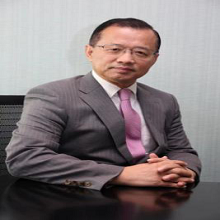

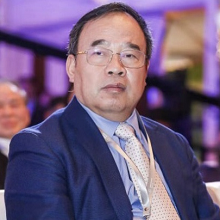

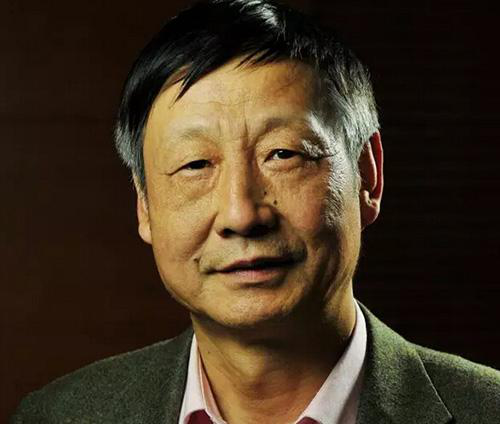
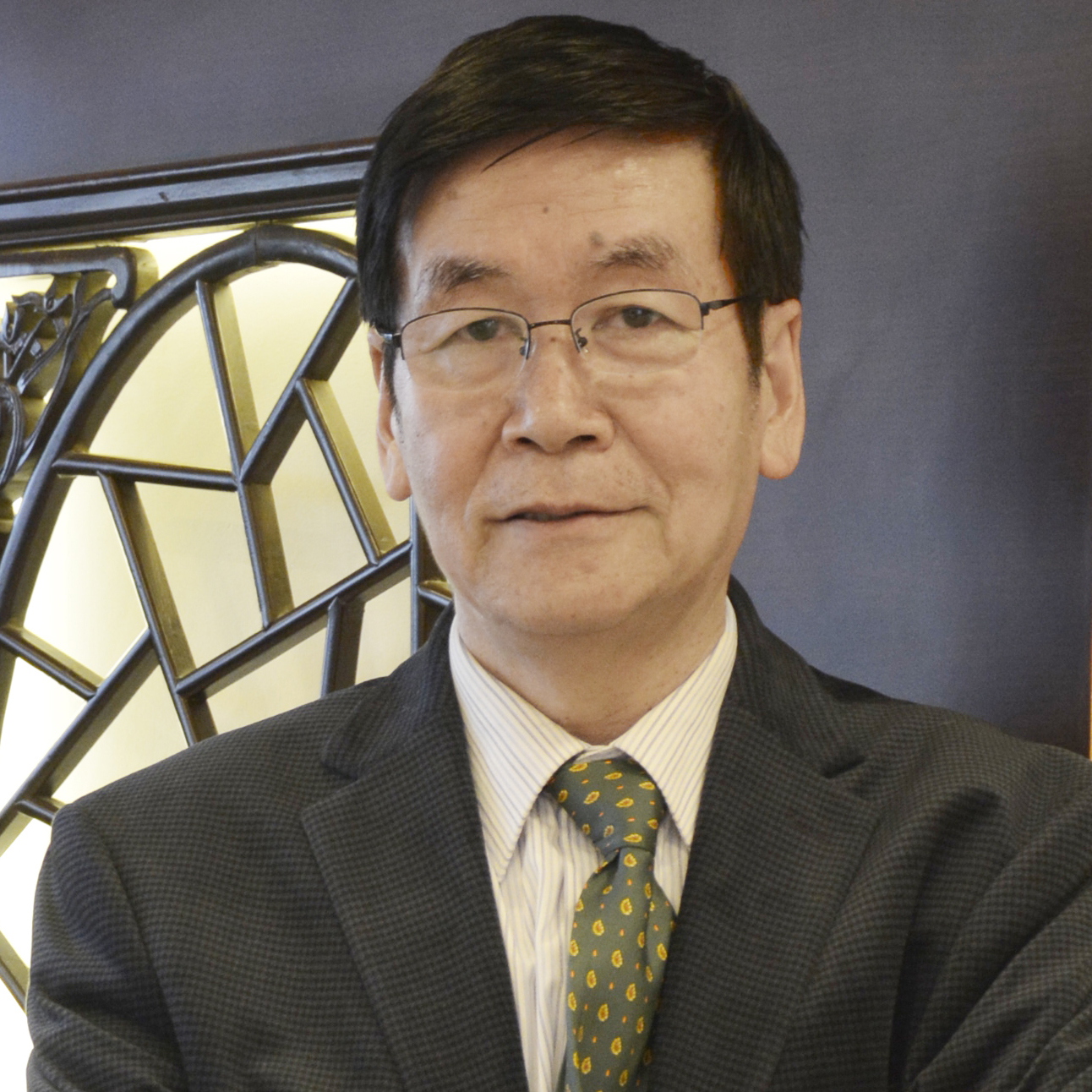


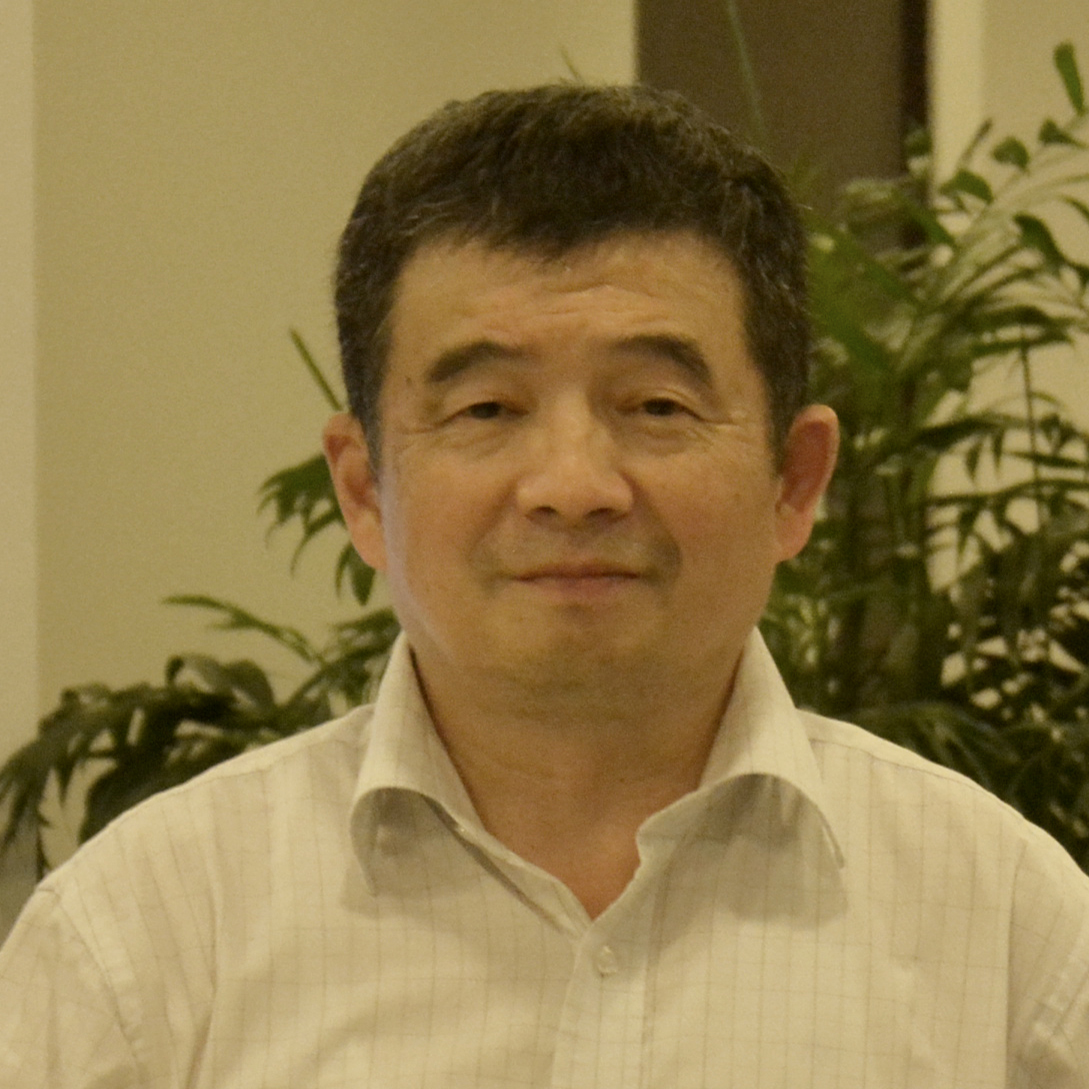


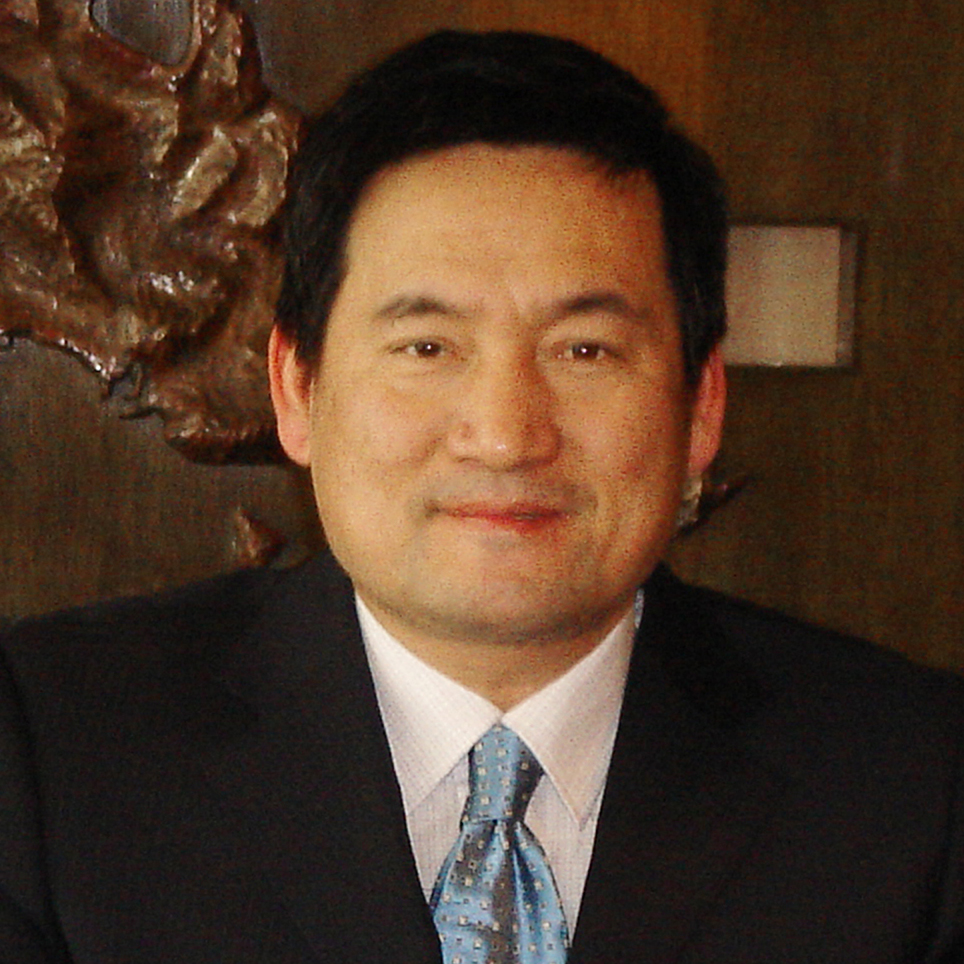








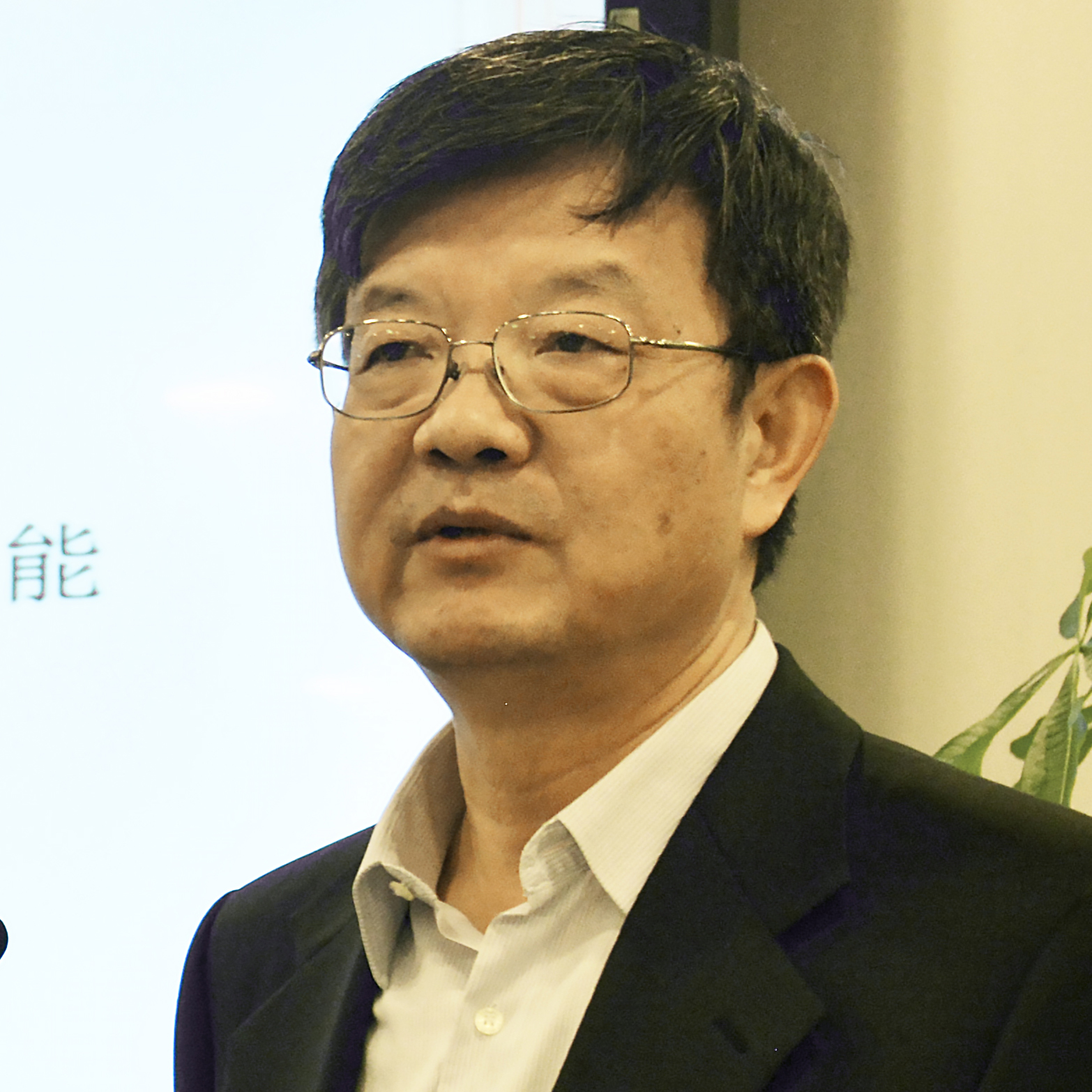


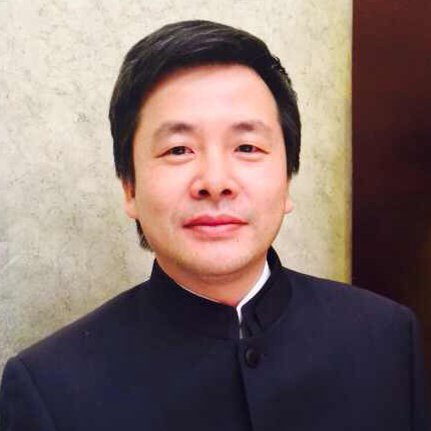


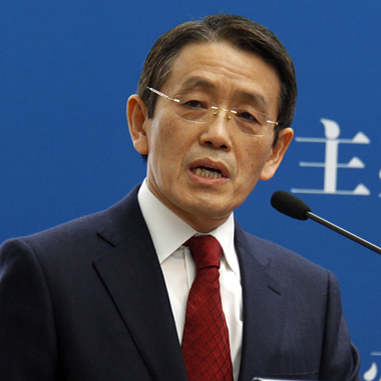

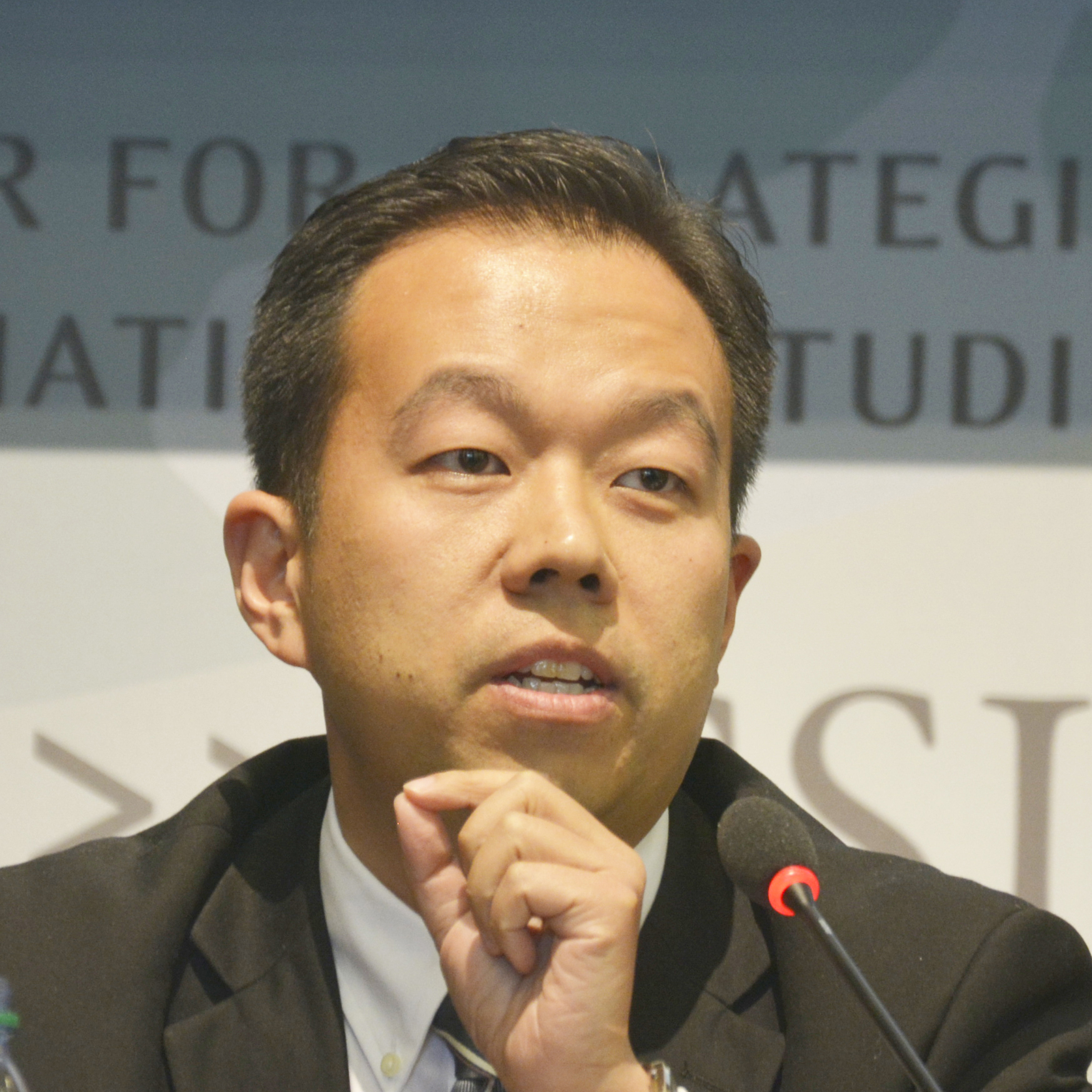









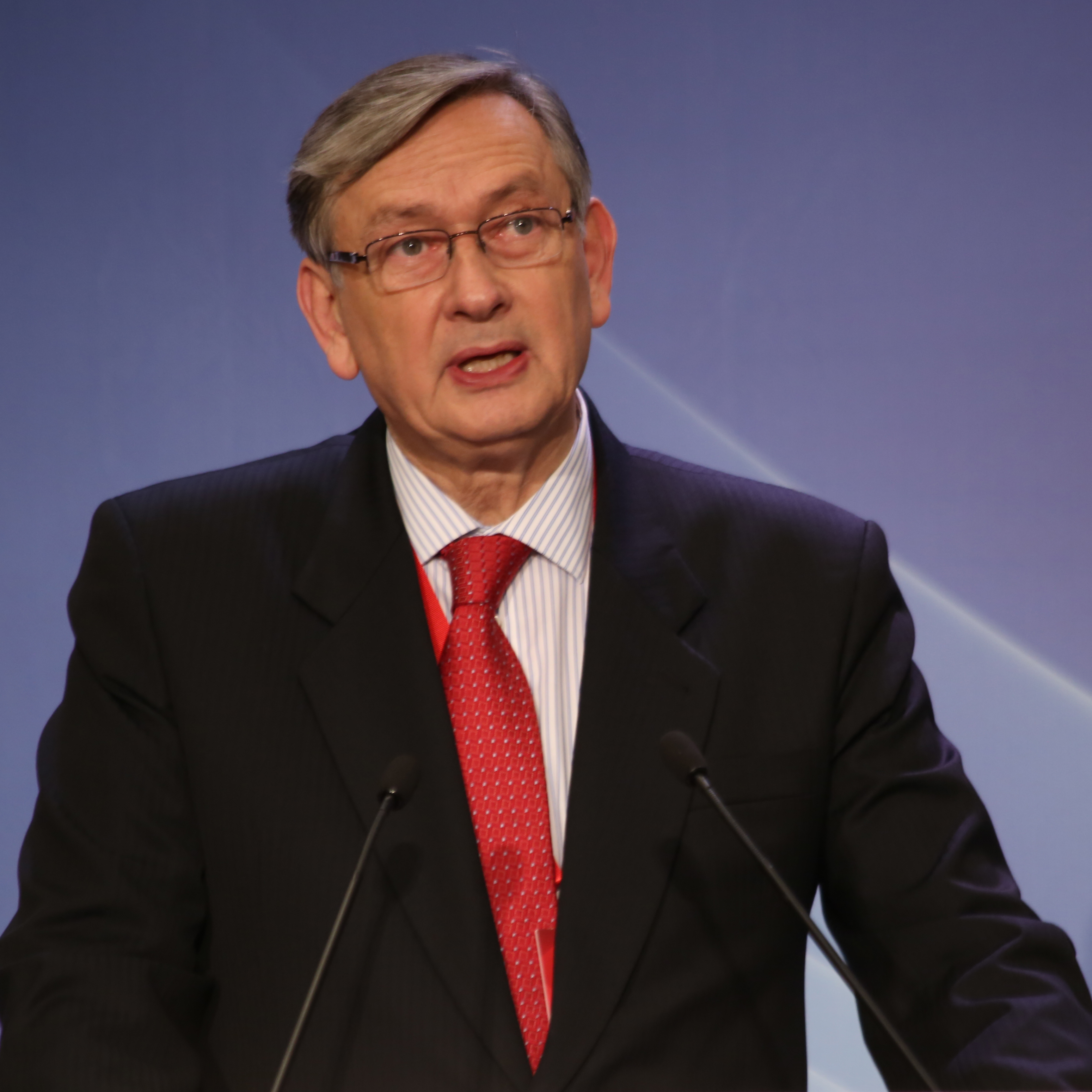
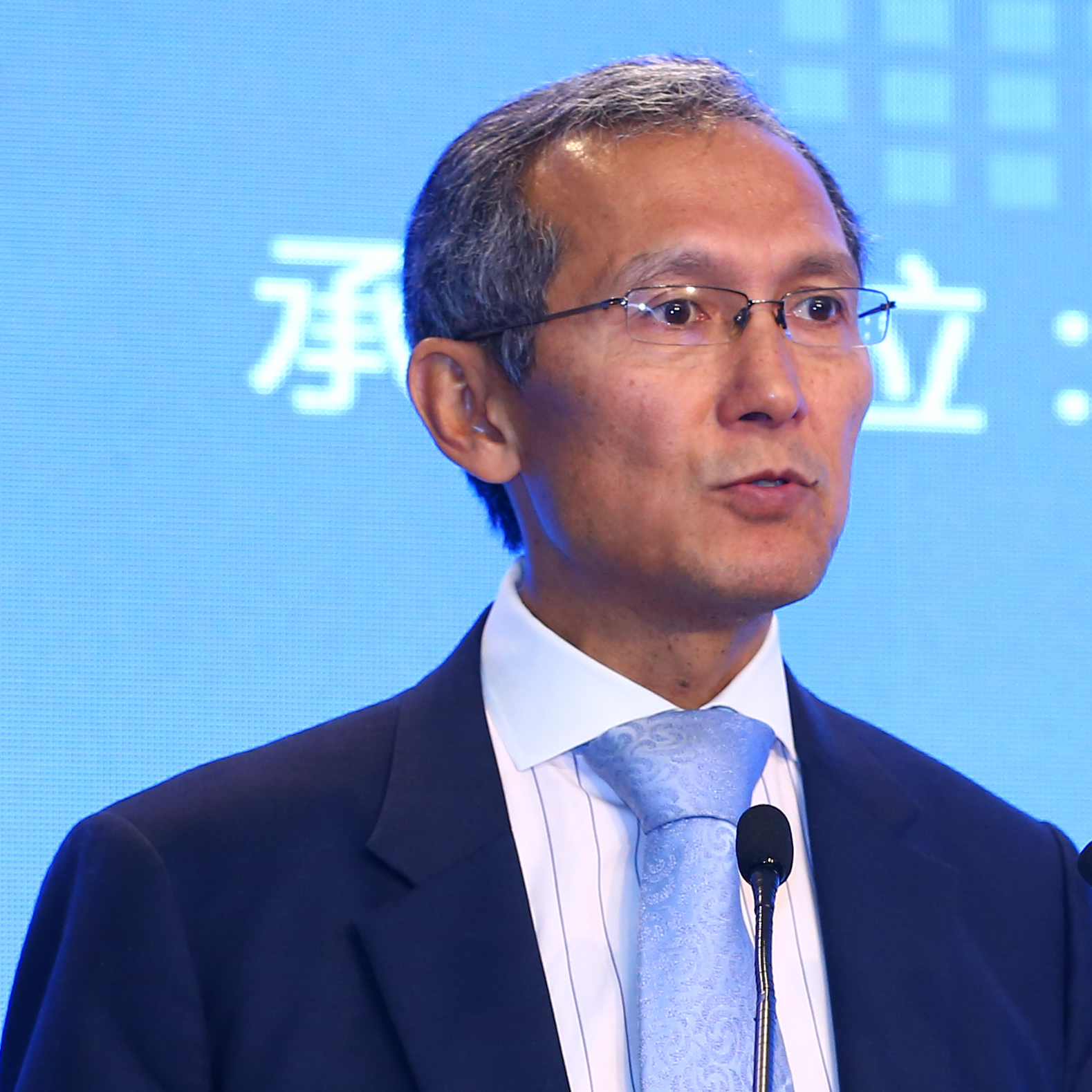
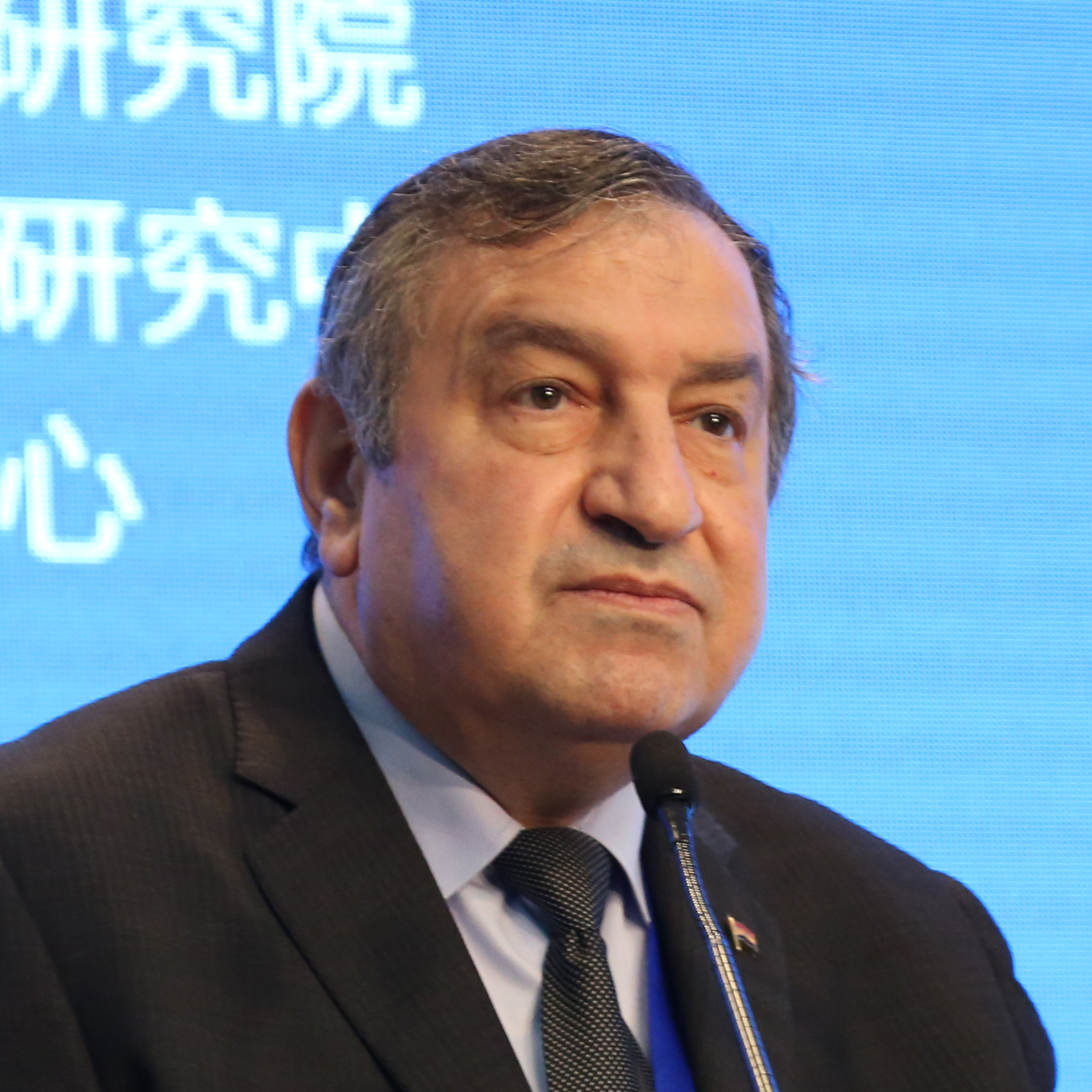

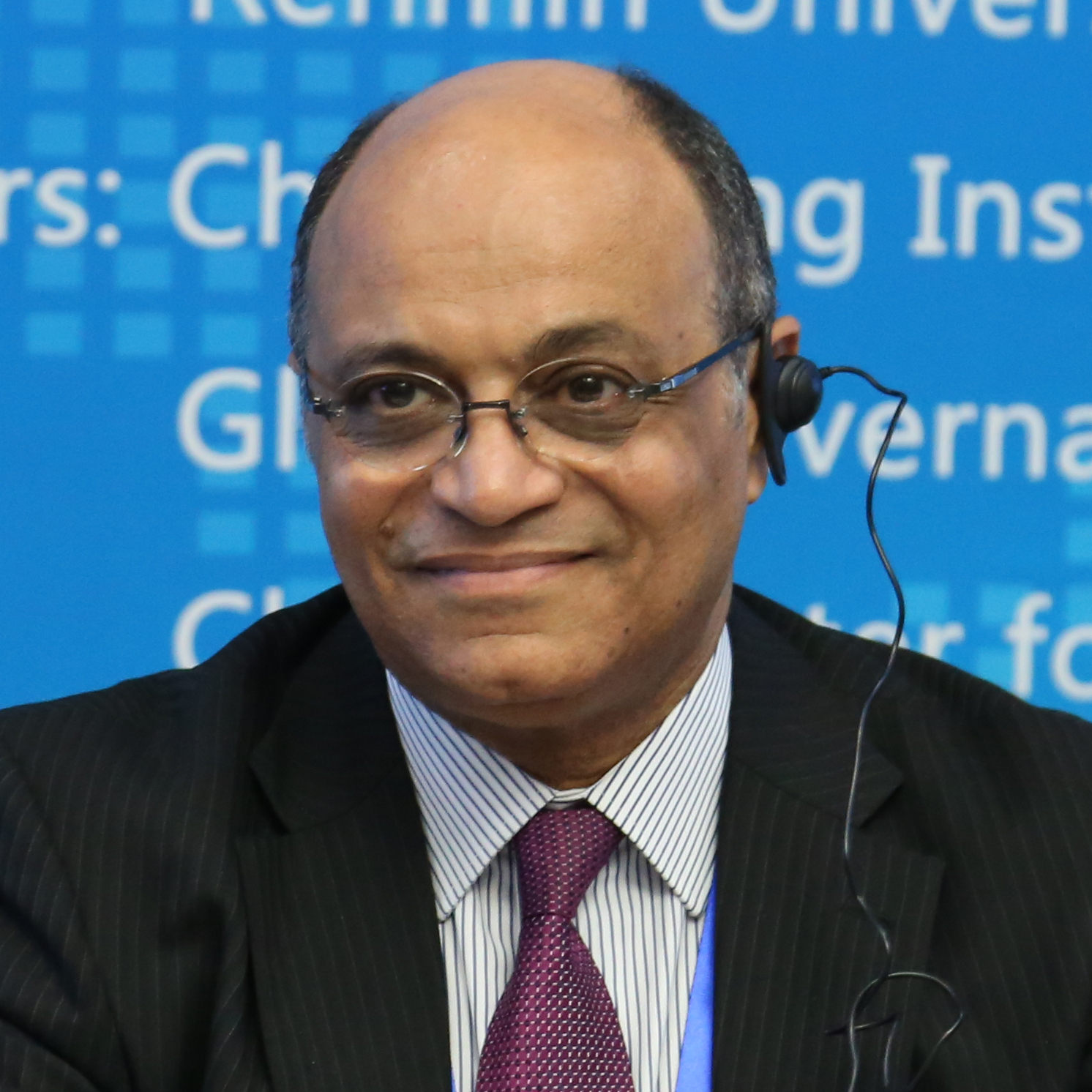













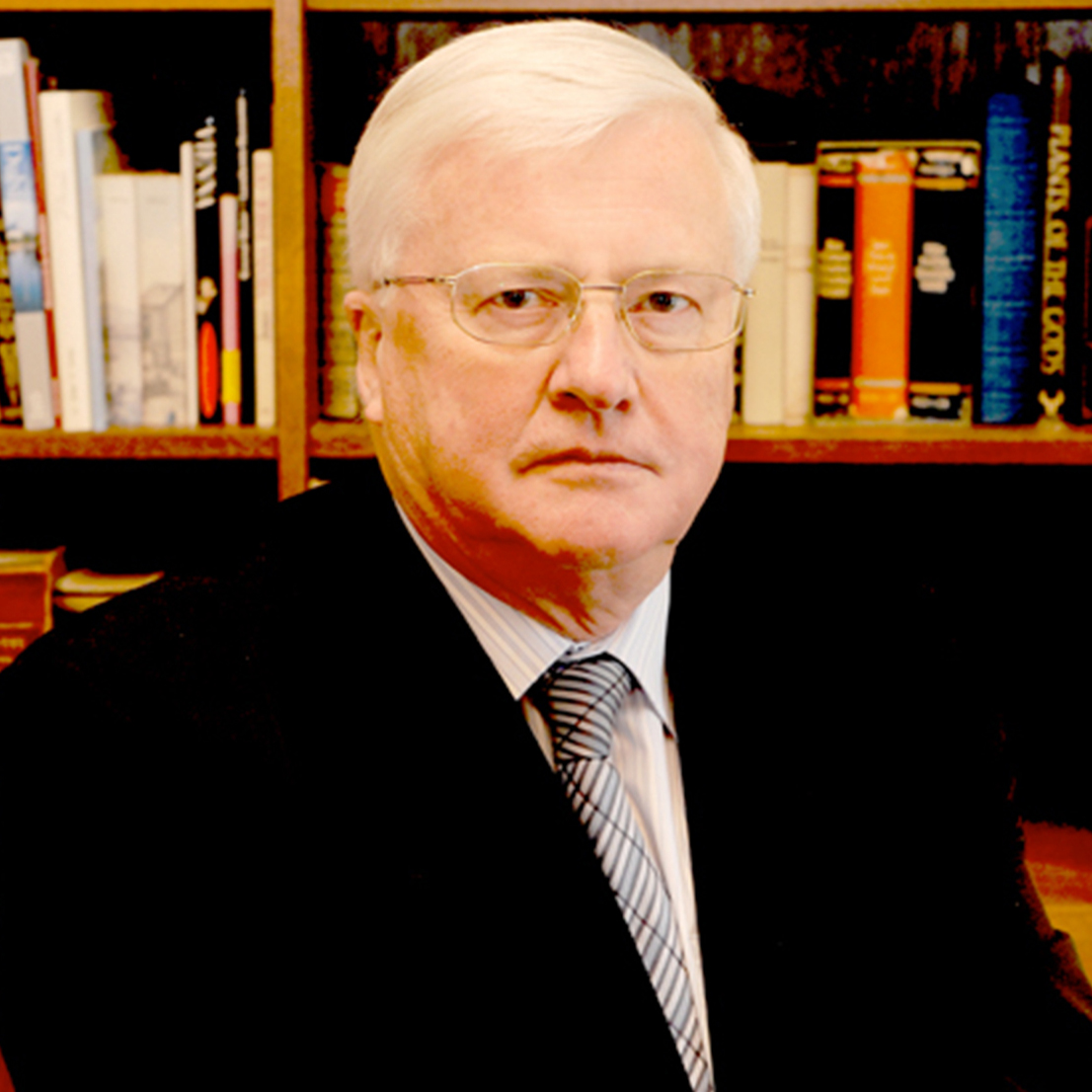
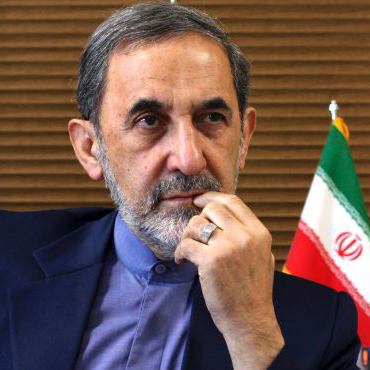




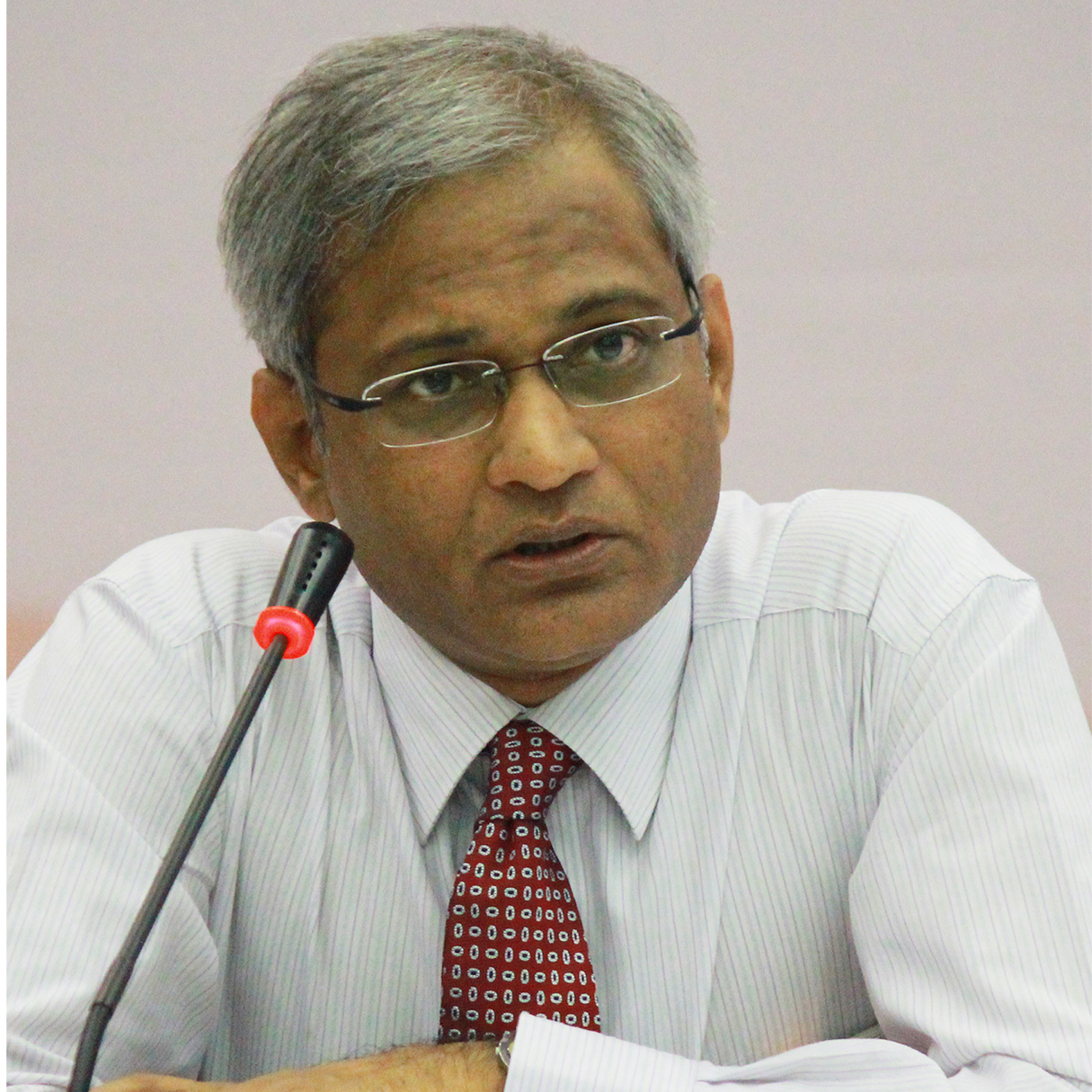
















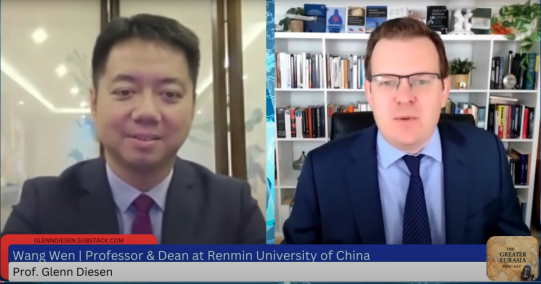
 京公网安备 11010802037854号
京公网安备 11010802037854号





